A more appropriate term for this would be a decline or collapse. This was a slow process over hundreds of years which affected different areas in many differing ways.
The Maya people haven't disappeared, it's their cities which declined. There are an estimated 8,000,000 people of Maya heritage living today (approximately the same amount of people who lived in the cities at their height). There is now a great deal of evidence that between 850AD and 1000AD there were a series of droughts. Droughts are not unusual to the Maya but one of the contributing factors to their decline at this time may be overpopulation and possible over-farming of the land. Warring city states cannot be ruled out as another contributing factor. The question is why did the dispersed Maya never fully return to their once thriving cities? Perhaps it's simply that, like many of us, we get used to our new ways of life and our old ways become more foreign to us as time moves on. Within a generation the old Maya city ways will have become a memory. To book a KS2 Maya trip with a difference, follow the link... To be clear, Maya is not a name the ancient people recognised for their culture/civilisation. They were distinct groups. As such, it is a name whose application has become a general but not complete concensus!
But let's keep this simple. Maya is the singular and plural noun... She is Maya, they are Maya. Maya is also the adjective... Maya culture, Maya temples, Maya calendar, Maya way of life, Maya farming. Mayan is only used as an adjective when talking about grouping the thirty something languages into one... The Mayan language. However, when talking about the individual languages, it's back to Maya as the adjective... The Yucatec Maya. (Although to complicate things, the Yucatec Maya simply refer to their language as Maya!) Have a look at our KS2 Maya workshop... Aurochs were extinct wild cattle living in Europe, from which cattle are probably descended. The aurochs survived in Poland until 1627. The aurochs were black, standing around 1.8 metres (6 feet) high at the shoulder, and had spreading, forward-curving horns. However, it seems that Aurochs may be making a come back! https://www.bbc.com/reel/video/p0h8r8hc/the-tauros-a-prehistoric-bovine-brought-back-to-life Learn more about the auroch in our Stone Age to Iron Age workshop
We understand that the school trip can be the highlight of a child's academic year. The aim of our workshops is to offer the children an exciting and full on experience that they will remember forever!
The reason teachers love our workshops is that...
Children will be able to explore Maya artefacts, including studying the Dresden Codex. The next best thing to visiting Central America on a school trip is to visit it with our virtual reality headsets. See the ruins of Tikal and Chichen Itza, swim in a cenote. Learn about ancient skills and try their hand at making a worry doll and weaving a basket to take home. Learn the Maya number system and use this to play a game and explore the calendar. Understand the ancient Maya writing system and learn how to write your name in hierglyphs, using authentic feather quills and ink. The children can tap into the knowledge of our Maya specialists. Book us for your next Maya experience, you will not be disappointed! |
AuthorWidget Workshops -History Workshops for primary schools ArchivesCategories |
Proudly powered by Weebly

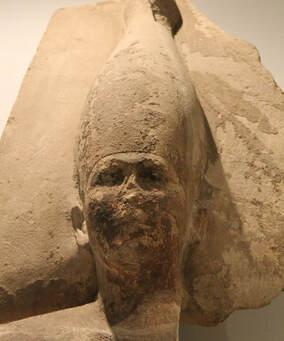
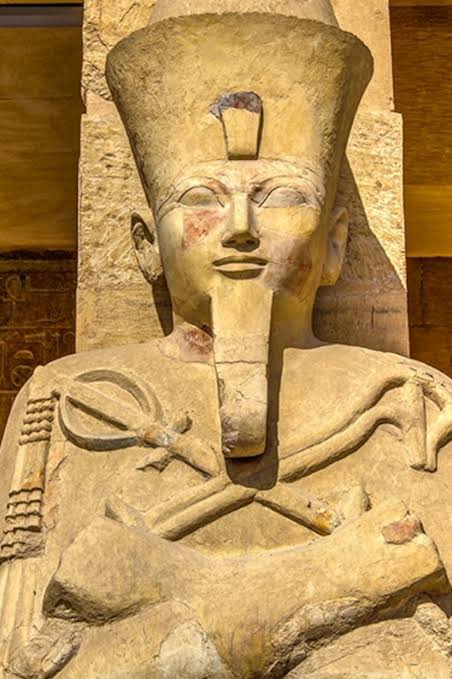
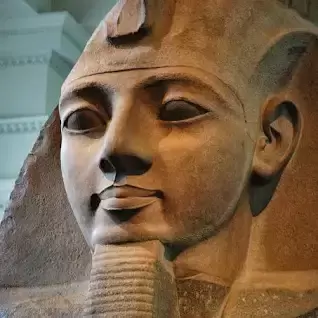
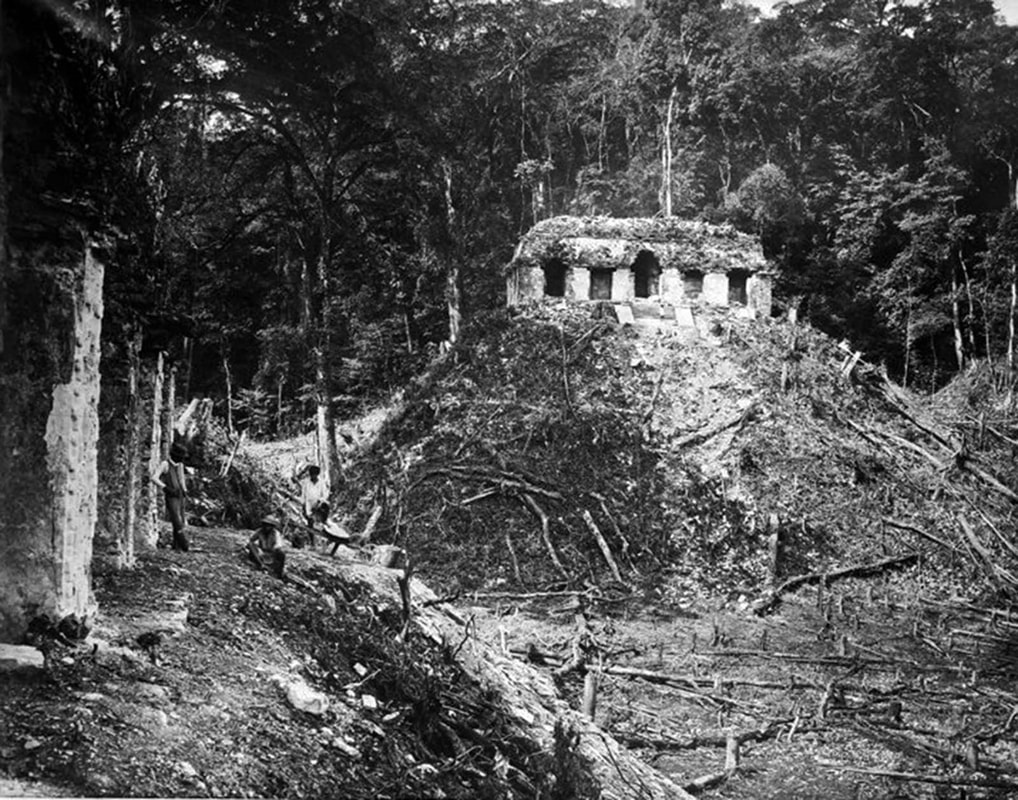
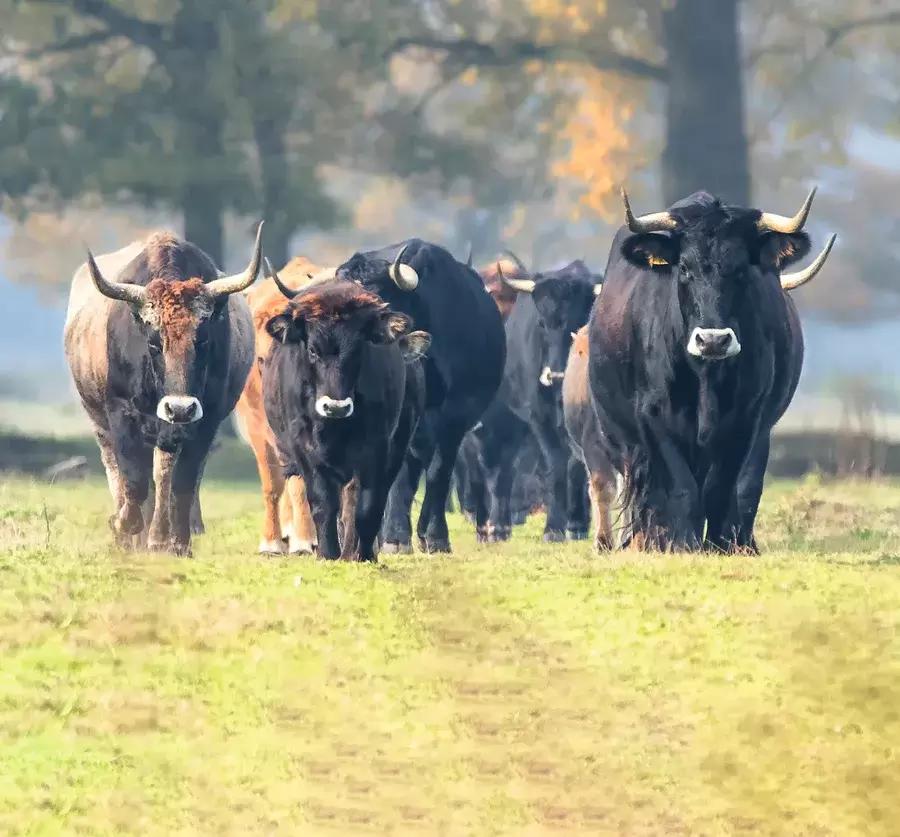


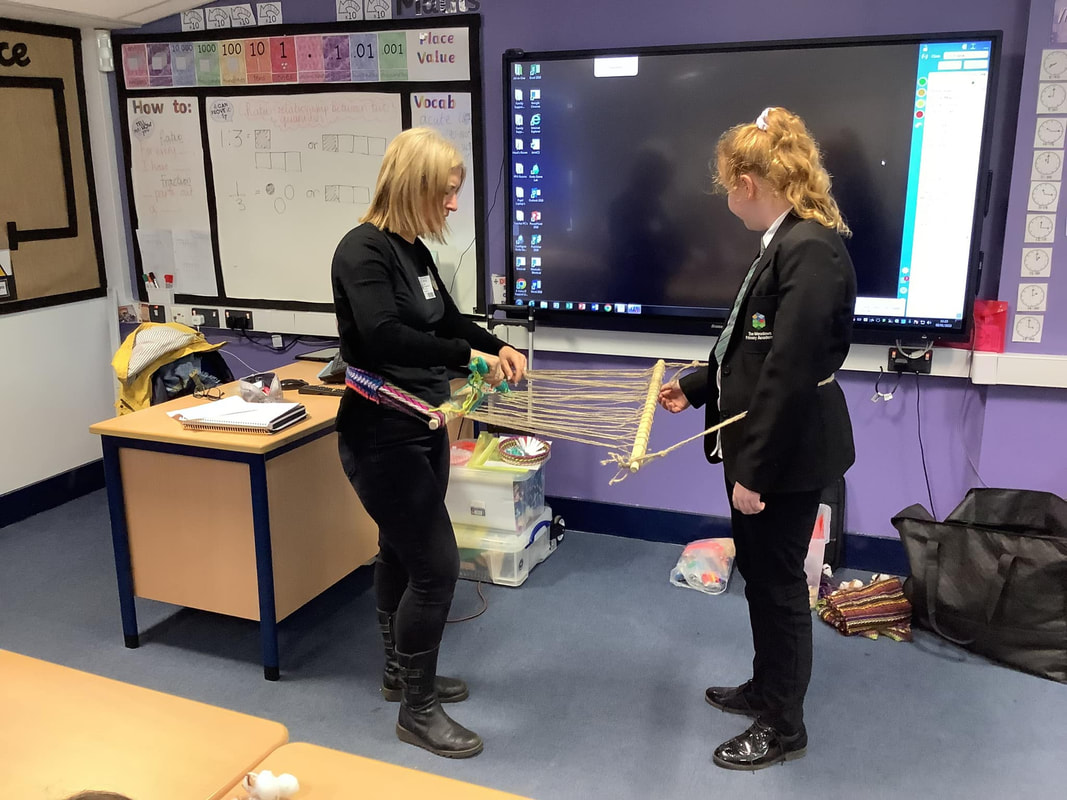
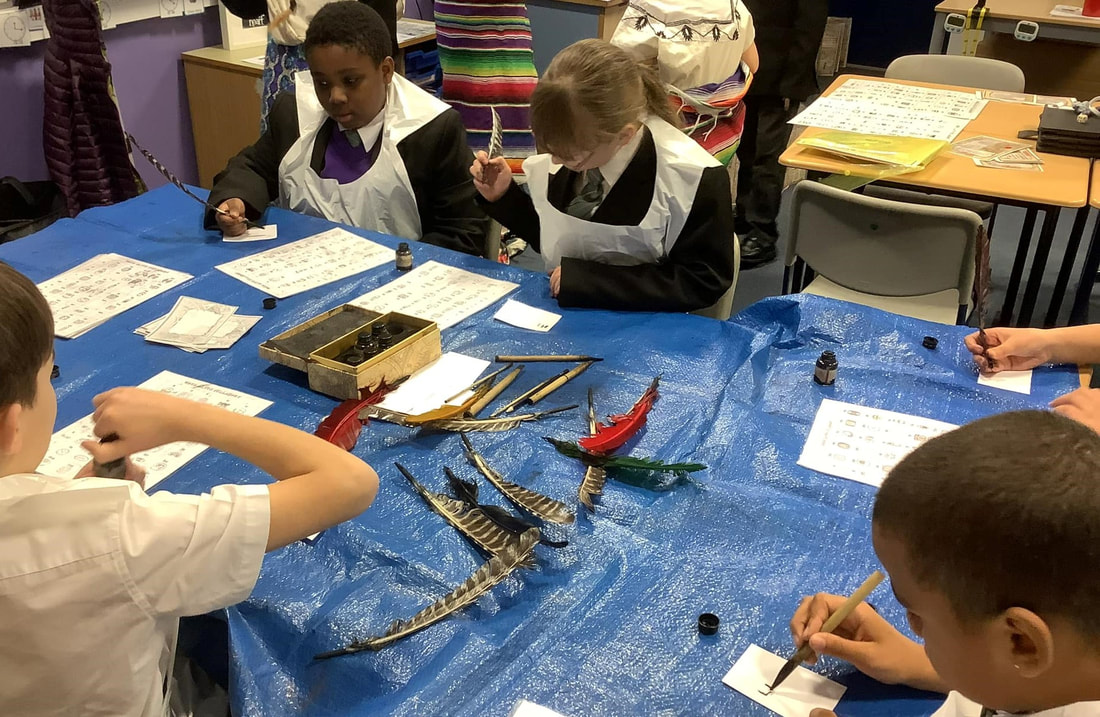
 RSS Feed
RSS Feed